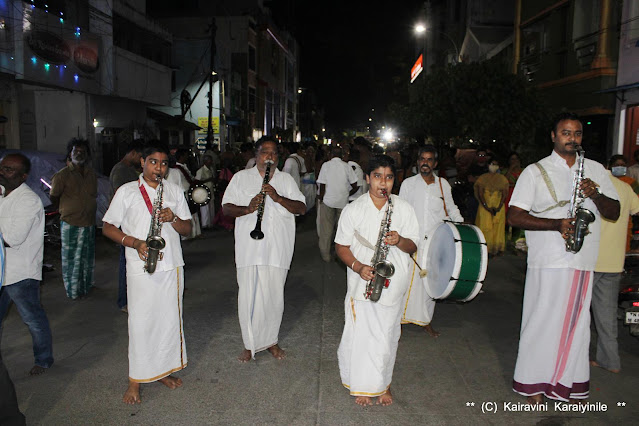Birds are very interesting and affable. Though one may see some nests, how birds sleep, how do they get their food, how they raise their family, how do they live and stave off their predators are all mysterious. Birds migrate across continents. Bird migration is the regular seasonal movement, often north and south along a flyway, between breeding and wintering grounds. Many species of bird migrate. Migration carries high costs in predation and mortality, including from hunting by humans, and is driven primarily by availability of food.
Migration of species such as storks, turtle doves, and swallows was recorded as many as 3,000 years ago by Ancient Greek authors, including Homer and Aristotle, and in the Book of Job. More recently, Johannes Leche began recording dates of arrivals of spring migrants in Finland in 1749, and modern scientific studies have used techniques including bird ringing and satellite tracking to trace migrants. Threats to migratory birds have grown with habitat destruction especially of stopover and wintering sites, as well as structures such as power lines and wind farms.
On third day of Special Brahmothsavam of Sri Parthasarathi Emperuman this day (5.2.2021)) – it is Garuda vahanam in the morning and ‘Hamsa Vahanam’ in the evening. The Thiruvallikkeni Hamsa vahanam is one of the heaviest among the vahanams. The bird Hamsa is known for its purity and powers. Thirumangai Mannan in his ‘Thirunedunthandagam’ draws a reference to the Hamsa bird.
The hamsa (
हंस) is an
aquatic bird of passage, which in modern
parlance has been interpreted as the
goose, the swan, or even the flamingo. In Greek mythology, Zeus king of the Olympian
gods takes the form of a swan to seduce a beautiful princess Leda. In Irish mythology it was said that swans
which flew in the sky by day were actually beautiful women at night. They would
remove their swan suits and bathe in forest ponds.
Milk is a nutrient-rich, white liquid food produced by the mammary glands of mammals. It is the primary source of nutrition for infant mammals. Early-lactation milk contains colostrum, which carries the mother's antibodies to its young and can reduce the risk of many diseases. It contains many other nutrients including protein and lactose. As an agricultural product, dairy milk, is extracted from farm animals. Human milk consumption has played a key role in global economic and agricultural developments for over 10,000 years. Given its popularity, cow's milk has been the subject of numerous scientific studies in recent history. Today with an annual production of 187.75 million tonnes (as per 2018-19 data) India accounts for about 22% of the world’s milk production. India’s journey from a milk deficit country to one of surplus has been momentous. Initiated in 1970, Operation Flood was arguably the world’s most ambitious dairy development programme that transformed India into one of the largest milk producers. India’s milk production rate in the past few decades has, in many ways, been symbolic of the upward trajectory of the country’s economy and influence.
A lamellae in cell biology, is used to describe numerous plate or concentric layers or disc-like structures at both a intra-cellular, cellular, tissue and higher level. Granums in chloroplast are interconnected by intergranal lamellae. They are the sites of photosystem I. Simply put, lamellae may be considered as multiple parallel or concentric layers of membranes as in chlorophyll - relevance here ?!?
“மின்னுமாமழை தவழும் மேகவண்ணா * விண்ணவர் தம் பெருமானே! அருளாயென்று அன்னமாய் முனிவரோடு அமரரேத்த * அருமறையை வெளிப்படுத்த அம்மான் தன்னை"........சர்வேஸ்வரன் முனிவர்களும் தேவர்களும்
ஸ்தோத்திரம் செய்ததற்கு இணங்கி ஹம்சரூபியாய் அவதரித்து அருமையான வேதங்களை
வெளிப்படுத்தி அருளினார்.
The Hamsa, vahanam of Lord Saraswathi is a familiar leitmotif in Indian art, literature, sculpture and textiles. It is an aquatic bird that resembles a goose or a swan. It is reputed to eat pearls and to be able to separate milk from water and drink only pure milk. The Hamsa represents the perfect harmony between spirituality and life. Hamsam is attributed qualities of purity, detachment, divine knowledge, cosmic breath (prana) and highest spiritual accomplishment.
Water birds separate good water from the bad water. They have a sieve like structure (lamellae) in its mouth which separates water from mud. Probably this is what leads to the belief that Swans can separate milk from water and drink only milk, or perhaps they really can. In Sanskrit Ksheera means milk and pure water.
Here are some photos of
Sri Parthasarathi Perumal in Hamsa vahanam.
Mamandur Veeravalli Srinivasan Sampathkumar
5.2.2021





















Very nice
ReplyDelete